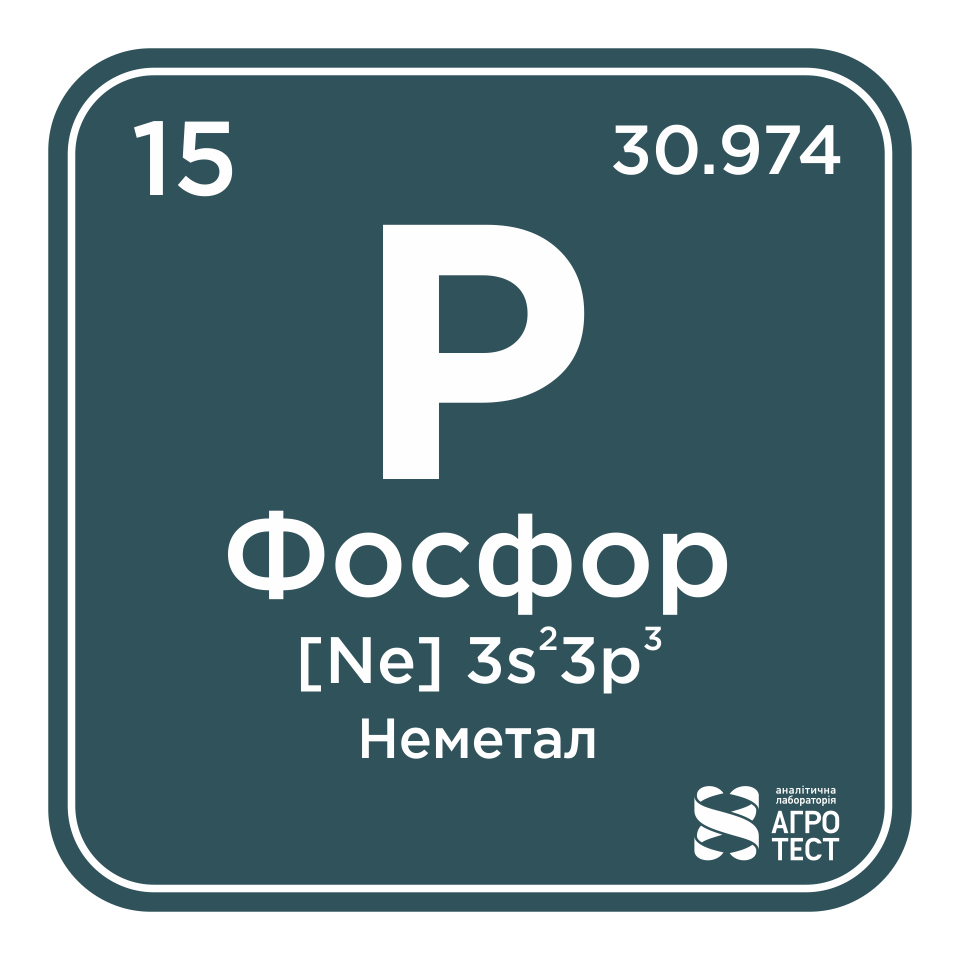Phosphorus without embellishment

We are pleased to present a series of posts entitled “Phosphorus without embellishment”.
Let’s start with phosphate fertiliser terminology
Choosing a phosphate fertiliser can be quite confusing due to the variety of products on the market. Understanding the terminology can help you avoid confusion and make a more informed choice. Here are some of the terms you should know:
1. Water-soluble phosphorus
Water-soluble phosphorus refers to forms of phosphorus that are easily soluble in water. For this reason, water-soluble phosphorus can be used quickly and efficiently by the plant for its development through absorption through the root system.
Some phosphate fertilisers are sold as water-soluble salts or complex compounds that can be dissolved in water before use. These fertilisers usually have a high phosphorus content and are intended to feed plants, especially during periods of active growth.
Water-soluble phosphate fertilisers can be applied by irrigation, foliar spraying or through drip irrigation systems. They dissolve quickly in water, allowing phosphorus to be easily and evenly distributed over the soil or directly to the plant.
Water-soluble phosphate fertilisers are effective tools for increasing phosphorus levels in the soil and improving its availability to plants. They can be particularly useful in soils with low phosphorus levels or in situations where plants need an additional source of phosphorus to ensure healthy growth.
In the laboratory: Phosphate fertiliser samples are placed in water and the percentage of total dissolved phosphate is measured. This percentage is called water-soluble phosphate.
2. Phosphorus soluble in ammonium citrate
Phosphorus soluble in ammonium citrate is a form of phosphorus that can also be used by plants. In an ammonium citrate solution, phosphorus can be present in the form of orthophosphates: hydrophosphate (HPO42-) and dihydrophosphate (H2PO4-). These phosphorus anions will be available to plants for their nutrition and to support their biochemical processes.
In the laboratory: place the fertiliser, which is not dissolved in water, in an ammonium citrate solution. The amount of phosphorus that dissolves in this solution is measured. The value is expressed as a percentage of the total phosphorus in the fertiliser. The phosphate measured by this analytical procedure is called citrate soluble phosphate.
3. Available phosphorus
The sum of water-soluble phosphate and ammonium citrate-soluble phosphate is considered the percentage available to plants and is the amount of phosphorus available to plants guaranteed on the fertiliser label. Usually, phosphorus soluble in ammonium citrate is present in smaller amounts than water-soluble phosphorus.
Write to us
and we will find an opportunity
for cooperation


